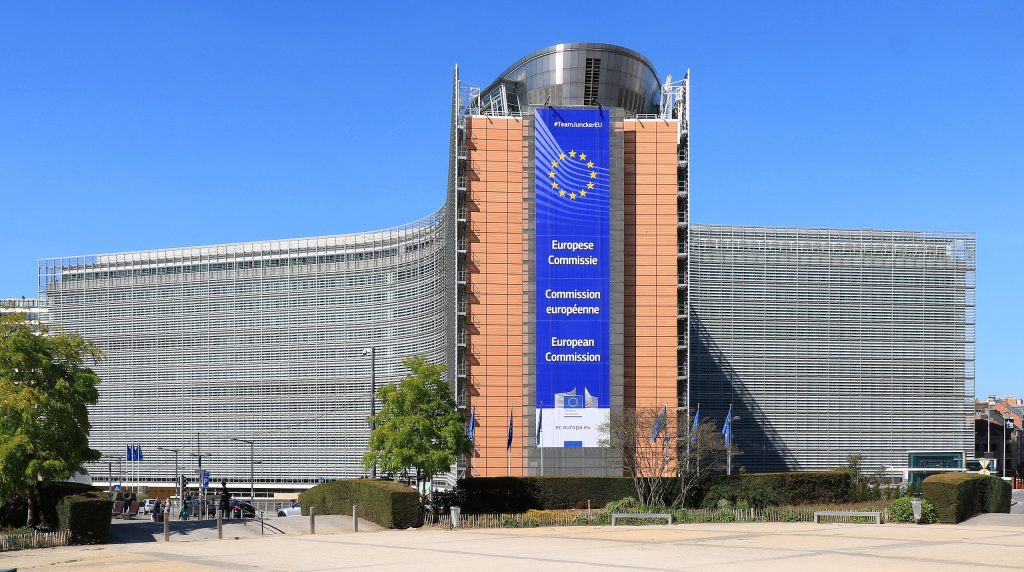The Commission published a table according to which Croatia would be granted slightly over €5.5 billion from the RRF, less than the previously forecast €6.3 billion.
The key for the award of 70 percent of the national allocation was based on the population size, GDP per capita compared to the EU average and the average unemployment rate in 2015-2019 compared to the EU average. The remaining 30 percent took into account the real GDP decline during the COVID-19 crisis in 2020 and the economic activity in 2020-2021.
The new key takes into account the difference between the GDP growth estimate from the Autumn Economic Forecast 2020 and the updated data based on the real GDP in 2020-2021.
As a result, the countries that have recovered faster than expected in the Autumn Economic Forecast 2020 will get slightly less funding, and those with a slower recovery slightly more.
According to the provisional data for Croatia published by Eurostat, the Croatian economy contracted by 8.1 percent in 2020 but quickly rebounded by 10.2 percent in 2021, surpassing the pre-COVID-19 crisis level already last year, while the Commission expected this to happen in 2022.
In the Autumn Economic Forecast of 5 November 2020, which served as the basis for the calculation of national allocations, the Commission estimated that the Croatian economy would decline by 9.6 percent in 2020 and grow by 5.7 percent in 2021, and by 3.7 percent in 2022.
For more, check out our politics section.









